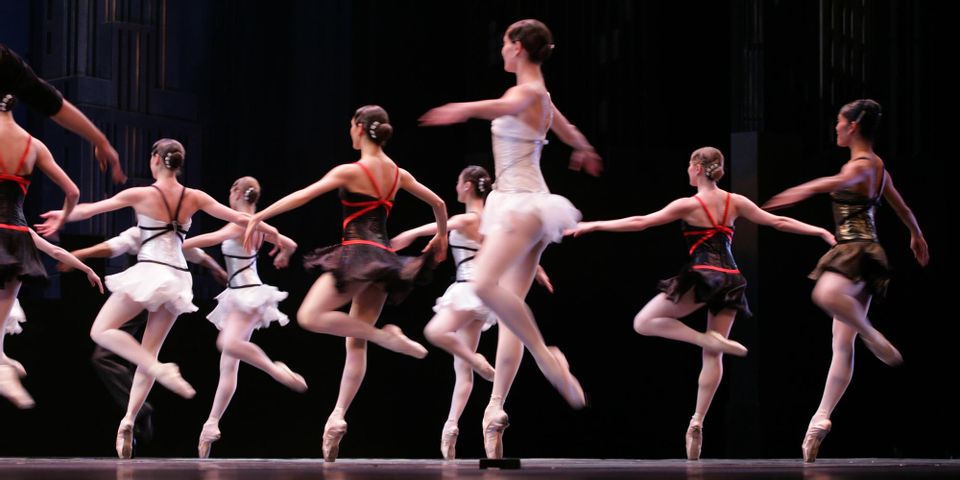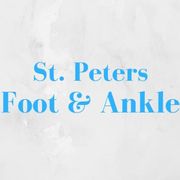What Are Bunions and How Do They Affect Ballet Dancers?

Ballet is a beautiful art form, but underneath the grace and fluidity of the dancing is a lot of hard work, hours of training, and sheer grit and determination to get the right form. This process takes its toll on feet, and a common complaint among ballet dancers are bunions. While many think that dance as an activity causes them, this isn’t true. Here is some information about the link between this condition and ballet.
Bunions & Ballet
What Are Bunions?
It is a bony lump that protrudes from the joint where your big toe joins your foot. They’re often caused by wearing shoes that are too tight for you and push your big toe towards your next toe in, causing the joint to point outwards. They’re also hereditary, and while dance doesn’t produce them itself, the movement and behaviors trigger bunions to form faster. This condition is extremely painful – intermittently or continuously – and may become red and inflamed.
Why Does Choosing the Wrong Pointe Shoe Aggravate Bunions?
If you’re a ballet dancer, you can  be prone to this ailment given the stresses you put on your big toes from regularly flexing your feet, and the shoes you dance in. In particular, the shape of your pointe shoes significantly affects bunions forming. You should carefully select the shape and length of the vamp to make sure that the impact caused by going on pointe spreads throughout all five toe joints.
be prone to this ailment given the stresses you put on your big toes from regularly flexing your feet, and the shoes you dance in. In particular, the shape of your pointe shoes significantly affects bunions forming. You should carefully select the shape and length of the vamp to make sure that the impact caused by going on pointe spreads throughout all five toe joints.
How Do You Manage & Prevent Bunions?
If bunions run in the family, there isn’t much you can do to prevent them altogether. However, you can slow down how quickly they form. A crucial factor is not to push yourself too hard. If your feet aren’t strong enough to handle pointe work, avoid it until they are. If it does flare up, try massaging it with ice to bring down the swelling. If the pain and inflammation persists and starts to interfere with your dancing, however, you should consider surgery.
If you have bunions, St. Peters Foot & Ankle: Samuel T. Wood-DPM offers high-quality podiatric care to residents at their St. Peters and Florissant, MO, locations. Every member of the team has the training to use advanced methods and equipment to get to the bottom of your foot problems. Once diagnosed, they collaborate closely with you to work through a treatment plan to get you back on your feet in no time. Make an appointment today by calling the team on (636) 720-0190. Visit their website to learn more about their services.
About the Business
Have a question? Ask the experts!
Send your question

